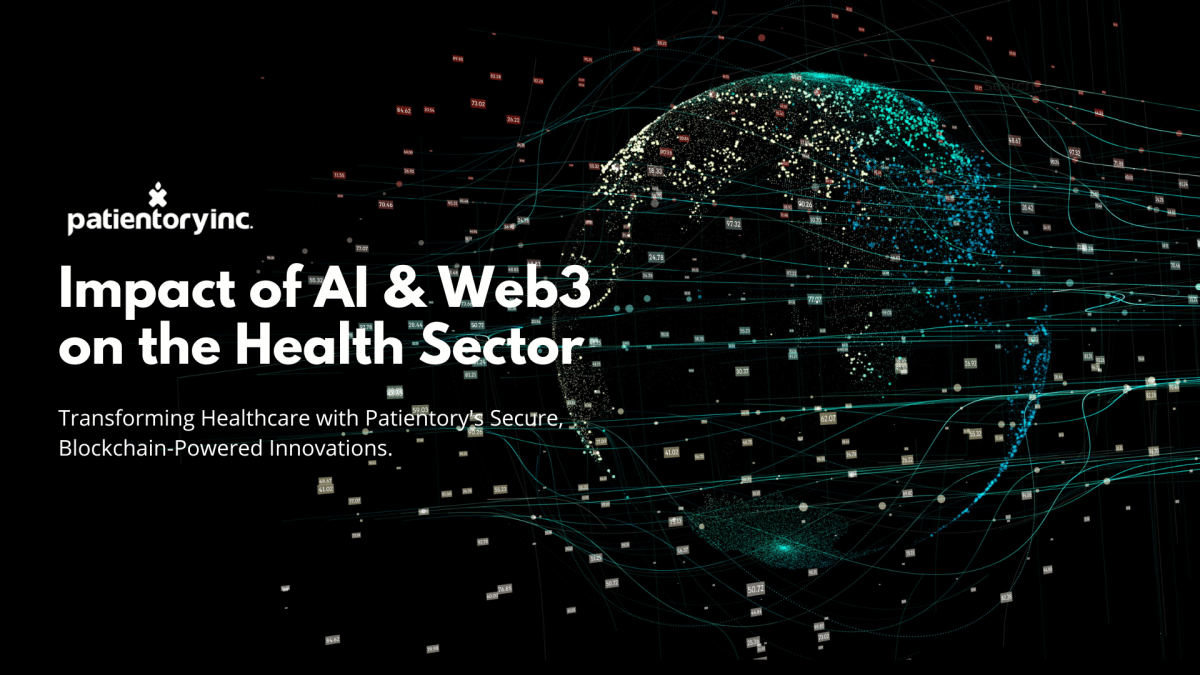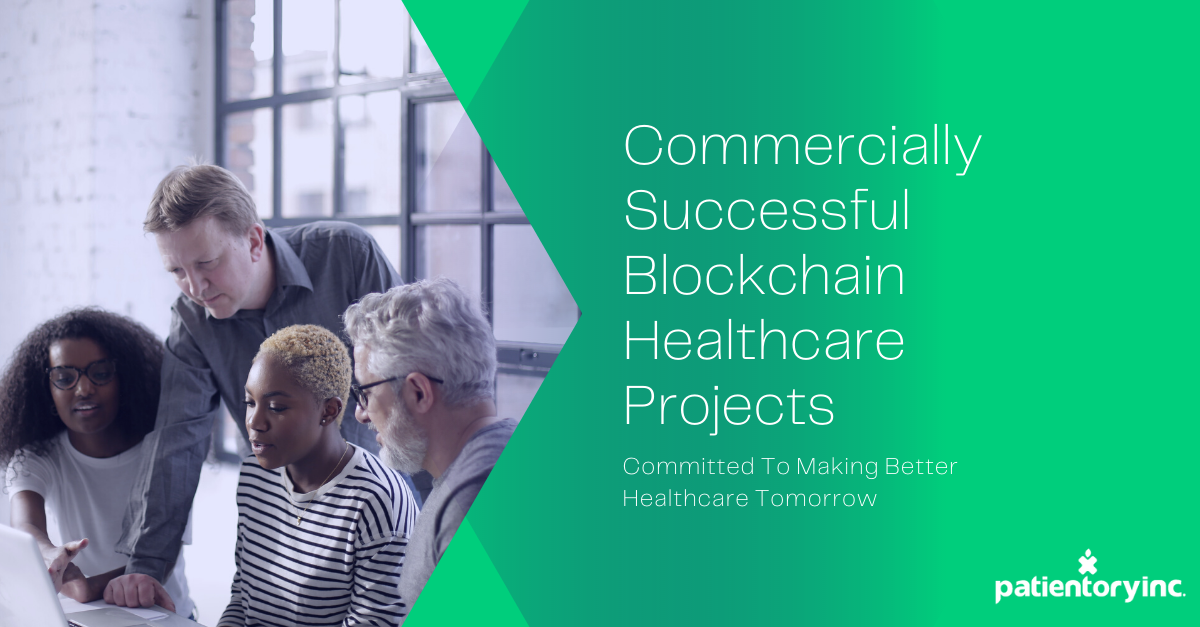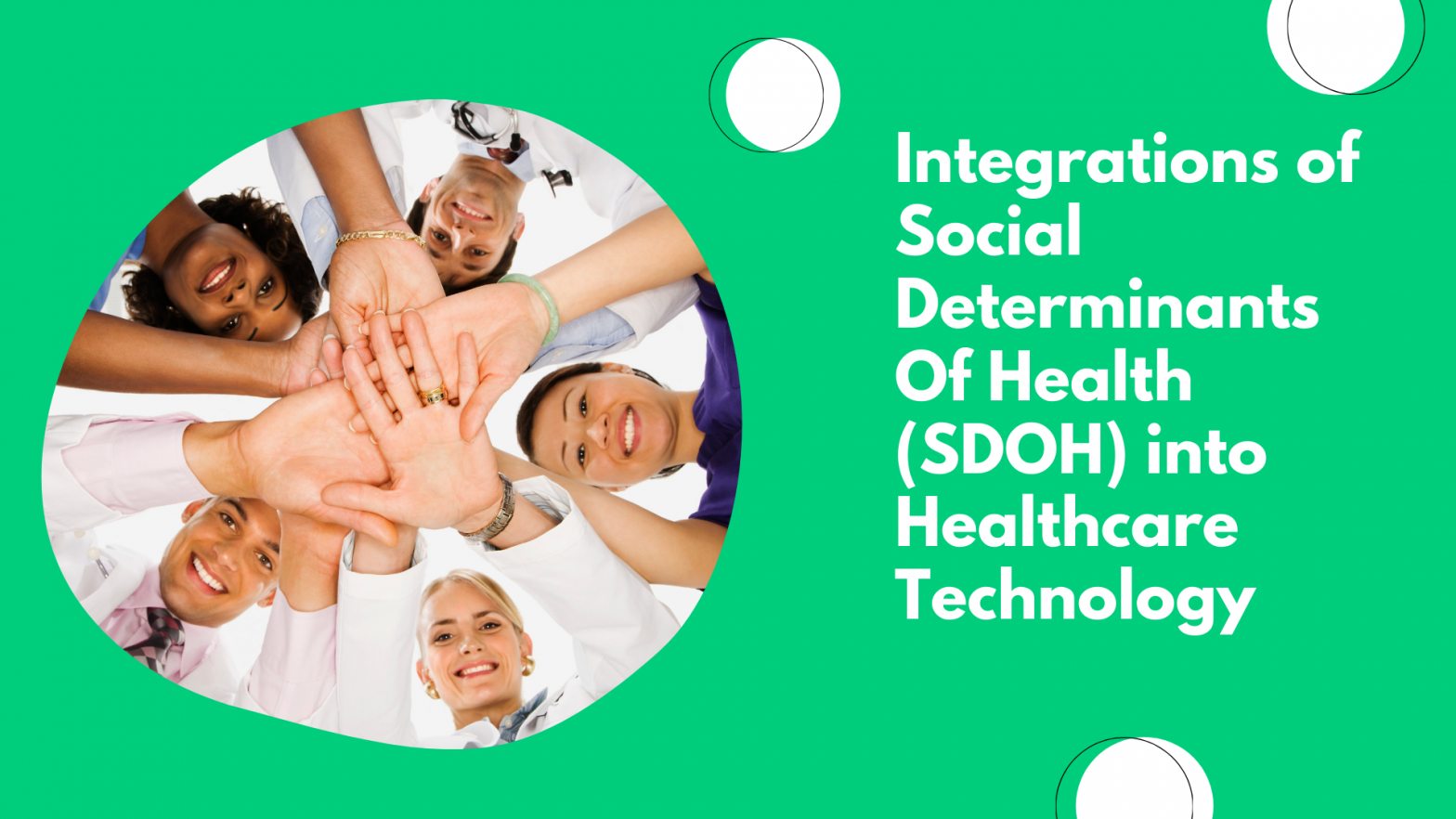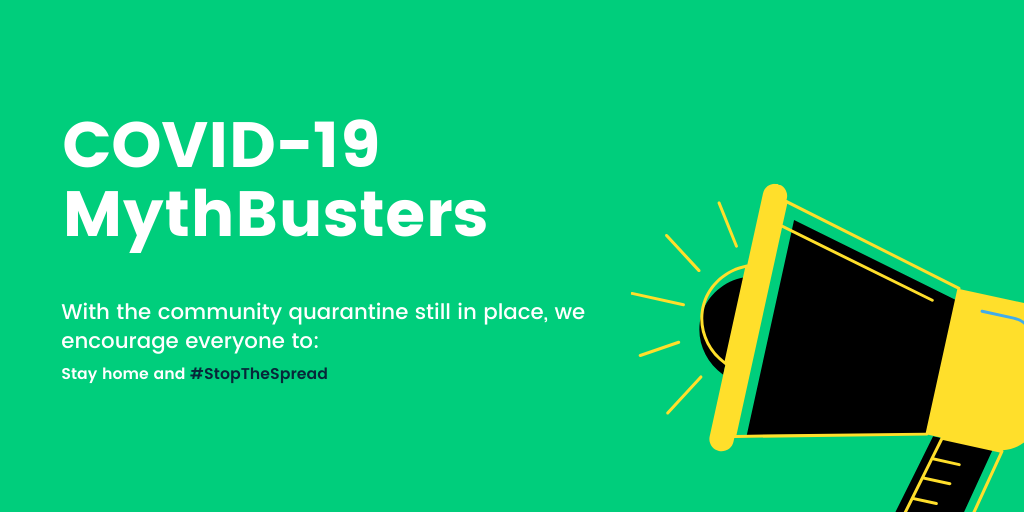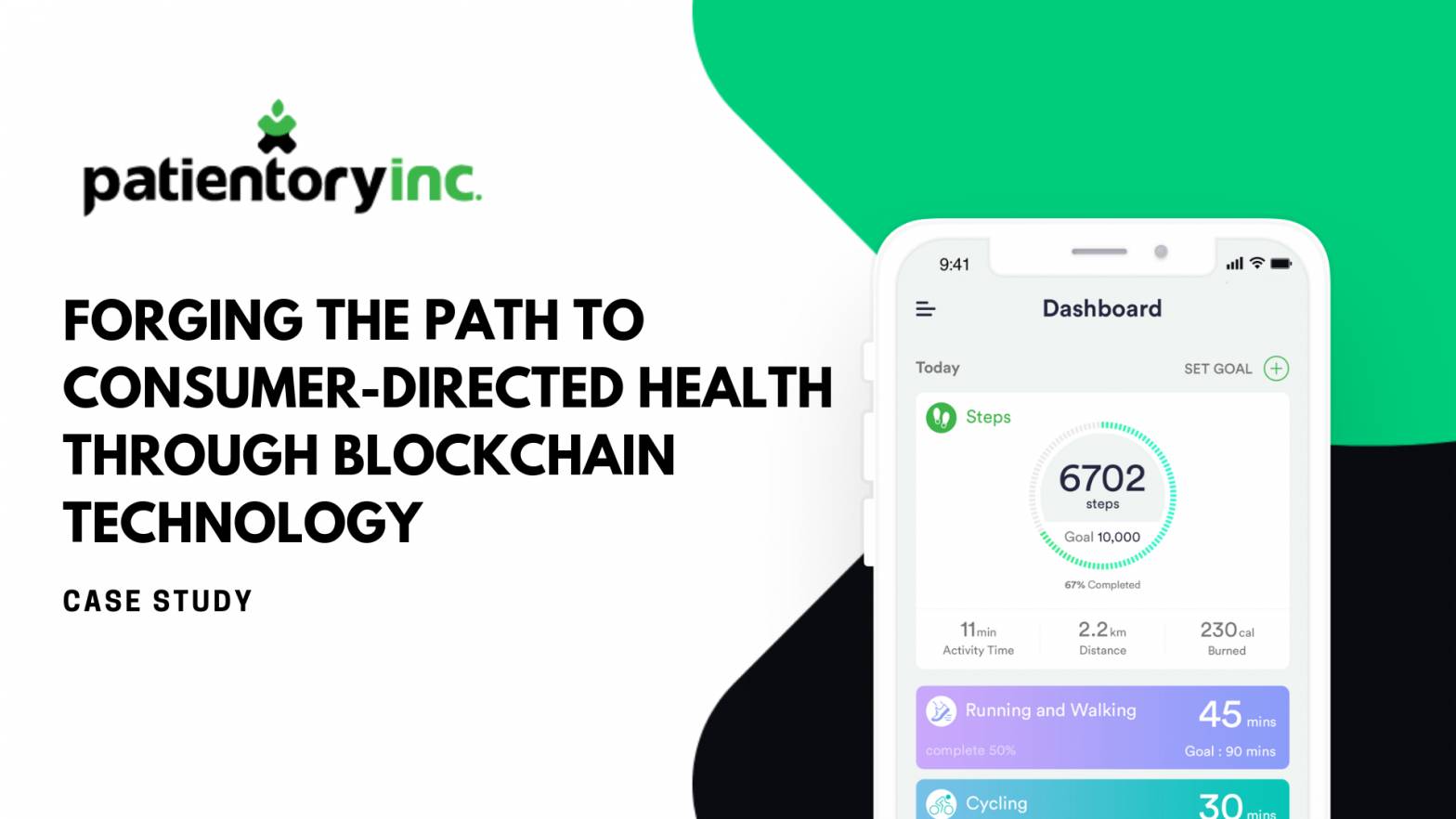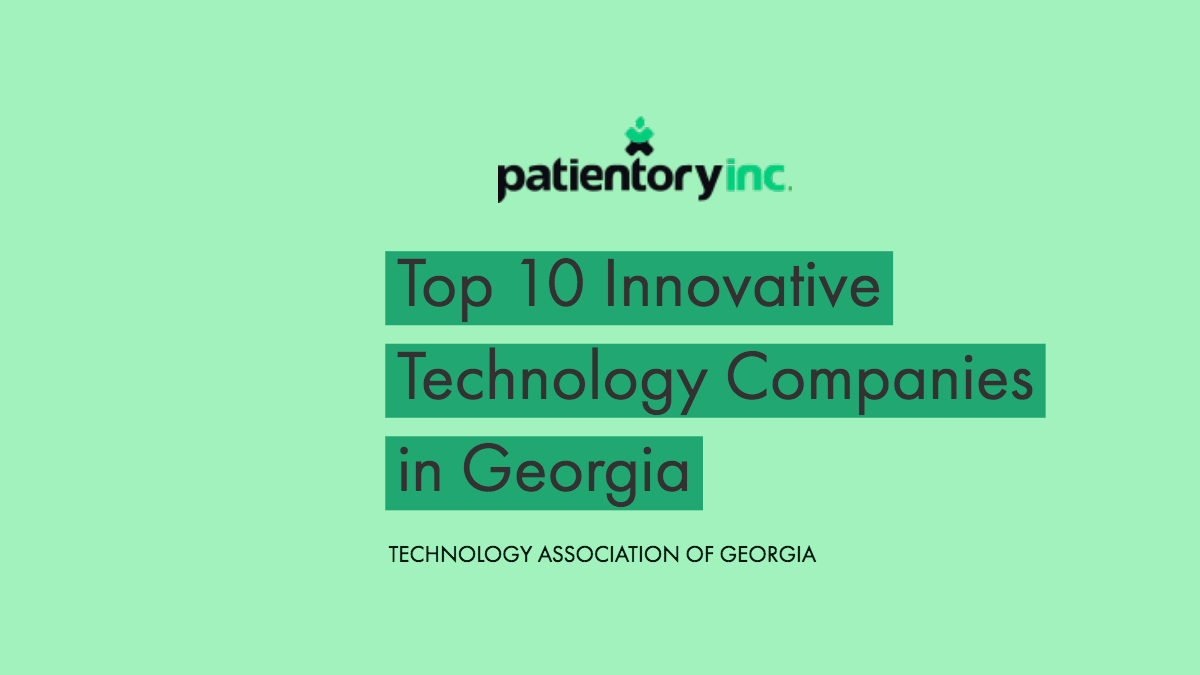In the ever-evolving landscape of healthcare, technology has become an indispensable tool for improving patient outcomes, enhancing care delivery, and reducing costs. Patientory, a leading innovator in the field, is at the forefront of this transformation with its groundbreaking blockchain-powered solutions.
Patientory offers a comprehensive suite of products designed to revolutionize healthcare data management. At the heart of its offerings is the Neith Analytics dashboard, a powerful tool that integrates with major electronic health record (EHR) systems, such as Epic, Cerner, and Allscripts. The Neith dashboard facilitates population health data management by providing secure access to patient data analytics residing on the Patientory health information exchange blockchain network.
Strategic partnerships that leverage the strengths of diverse platforms can create unprecedented opportunities in healthcare technology. A prime example of this is the recent collaboration between Patientory, a leading player in blockchain-based health data management, and Google MedLM, an advanced medical language model. This partnership promises to transform the way pharmaceutical companies recruit patients for clinical trials and submit proposals to the Food and Drug Administration (FDA).
Through Google Cloud for startup’s funding and resources, Patientory is able to ramp up to meet pharmaceutical companies’ top challenges.
Bridging the Gap in Patient Recruitment
Patient recruitment has long been a bottleneck in clinical trials. Traditional recruitment methods are often slow, inefficient, and costly, delaying critical research and the delivery of new therapies to market. This is where Patientory’s innovative health data management solutions come into play. By utilizing blockchain technology, Patientory provides a secure and decentralized platform for storing and managing patient health records.
Google MedLM, on the other hand, is a powerful AI-driven language model specifically designed for medical applications. It can process vast amounts of medical literature, clinical trial data, and patient records, extracting meaningful insights and patterns that are crucial for identifying suitable candidates for clinical trials.
By integrating Google MedLM’s capabilities with Patientory’s blockchain platform, pharmaceutical companies can now access a more refined and expansive pool of potential trial participants. Google MedLM’s advanced data analytics can swiftly sift through millions of health records, identifying patients who meet the stringent criteria for specific trials. This speeds up the recruitment process, ensuring that trials can commence without unnecessary delays.
Enhancing FDA Submission Processes
The complexity of submitting a proposal to the FDA cannot be understated. It requires meticulous documentation, comprehensive data analysis, and an impeccable presentation of the trial’s potential benefits and risks. Traditionally, this process has been labor-intensive and prone to human error, often leading to prolonged review times.
The Patientory-Google MedLM partnership addresses these challenges head-on. Google MedLM’s ability to process and analyze clinical trial data extends to the preparation of FDA submission documents. Its natural language processing capabilities enable it to generate precise and comprehensive reports, ensuring that all necessary information is presented in a clear and structured manner.
Patientory’s secure blockchain infrastructure ensures that all data used in the submission process is tamper-proof and verifiable. This not only enhances the integrity of the submission but also builds trust with the FDA, potentially accelerating the approval process.
The Synergy of Technology and Healthcare
The collaboration between Patientory and Google MedLM represents a significant step forward in the integration of cutting-edge technology with healthcare. This partnership exemplifies how AI and blockchain can be harnessed together to solve complex problems, from patient recruitment to regulatory submissions.
For pharmaceutical companies, this means a more efficient pathway from research to market. The ability to recruit patients swiftly and submit robust, data-driven proposals to the FDA can significantly reduce the time and cost associated with bringing new drugs to market. For patients, this translates to quicker access to potentially life-saving therapies and treatments.
Looking Ahead
As the healthcare industry continues to embrace digital transformation, the Patientory-Google MedLM partnership stands as a beacon of innovation. By streamlining the critical phases of clinical trials and regulatory submissions, this collaboration not only enhances efficiency but also paves the way for more rapid advancements in medical research and patient care.
In the near future, we can expect to see even more groundbreaking collaborations that leverage the strengths of AI, blockchain, and other emerging technologies. These advancements will continue to shape the healthcare landscape, making it more responsive, efficient, and patient-centric.
Stay tuned as we follow the developments of this exciting partnership and its impact on the pharmaceutical industry and beyond. The future of healthcare is indeed bright, and it’s partnerships like these that are lighting the way.
